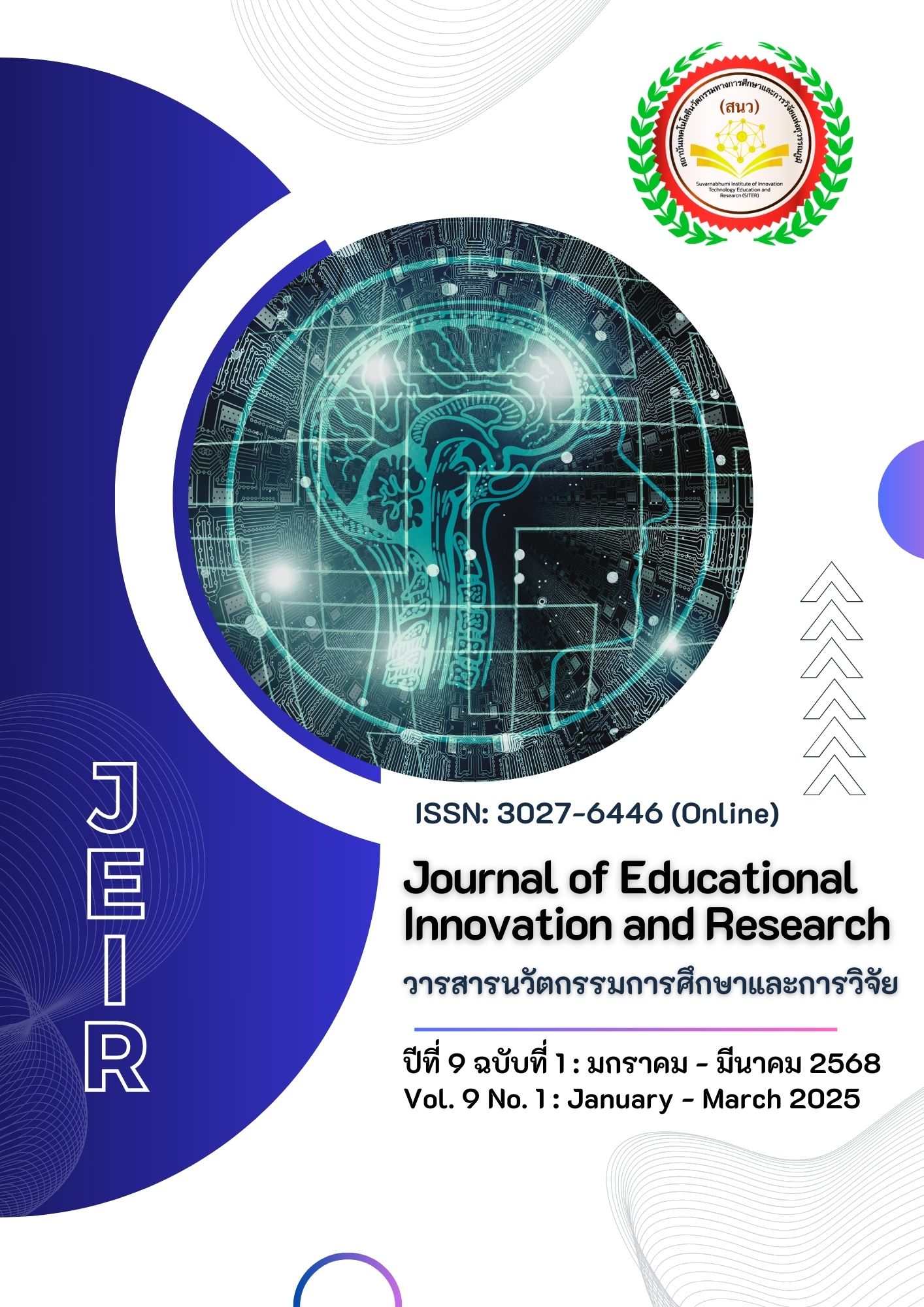A Study of Educations Supplies, Research Supplies and Community Service Supplies Effect Quality of Education in University and Society Value
Main Article Content
บทคัดย่อ
The mismatch between supply and demand among university graduates, schools and enterprises in China is prominent. This study suggests that we should think from the perspective of the supply chain and explore the overall process of education supplies, research supplies and community service supplies providing society value through the quality of education in university, and use the structural equation model to build the overall framework of the education supply chain, and use AMOS and SPSS to verify whether the structural equation is established.
The results show that education supplies, research supplies and community service supplies have a positive impact on the quality of education in university. The quality of education in university has a positive impact on society value. Education supplies, research supplies and community service supplies have a positive impact on society’s values. The quality of education in university has a mediating effect on education supplies, research supplies and community service supplies and society’s values. The article finally proposes prospects for deeper research on the education supply chain in the future.
Article Details

This work is licensed under a Creative Commons Attribution-NonCommercial-NoDerivatives 4.0 International License.
References
Bornmann, L. (2013). What is societal impact of research and how can it be assessed? A literature survey. Journal of the American Society for Information Science and Technology, 64(2), 217-233.
Cruickshank, M. (2003). Total quality management in the higher education sector: A literature review from an international and Australian perspective. Total Quality Management & Business Excellence, 14(10), 1159-1167.
Habib, M., & Jungthirapanich, C. (2010). An empirical study of educational supply chain management for the universities. In INFORMS International Conference on Industrial Engineering and Operations Management, Bangladesh.
Habib, M. (2010). Supply chain management: Theory and its future perspectives. International Journal of Business, Management and Social Sciences, 1(1), 79-87.
Handfield, R., Ghosh, S., & Fawcett, S. (1998). Quality-driven change and its effects on financial performance. Quality Management Journal, 5(3), 13-30.
Harris, M., Suarez, C., Jaramillo, R., Hall, E., & Murray, F. L. (2023). The relationship between academic supplies and academic performance. Undergraduate Research Journal for the Human Sciences, 16(1), 2.
Kline, R. B. (2012). Assumptions in structural equation modeling. In Handbook of Structural Equation Modeling (p. 111-125).
Lau, A. K. (2007). Educational supply chain management: A case study. On the Horizon, 15(1), 15-27.
Sampson, R. J. (1999). What “community” supplies. In Urban Problems and Community Development (p. 258).
Youniss, J., & Yates, M. (1997). Community Service and Social Responsibility in Youth. University of Chicago Press.
Yuan Zushe. (2004). The rational connotation of "social value". Teaching and Research, (5), 18.

